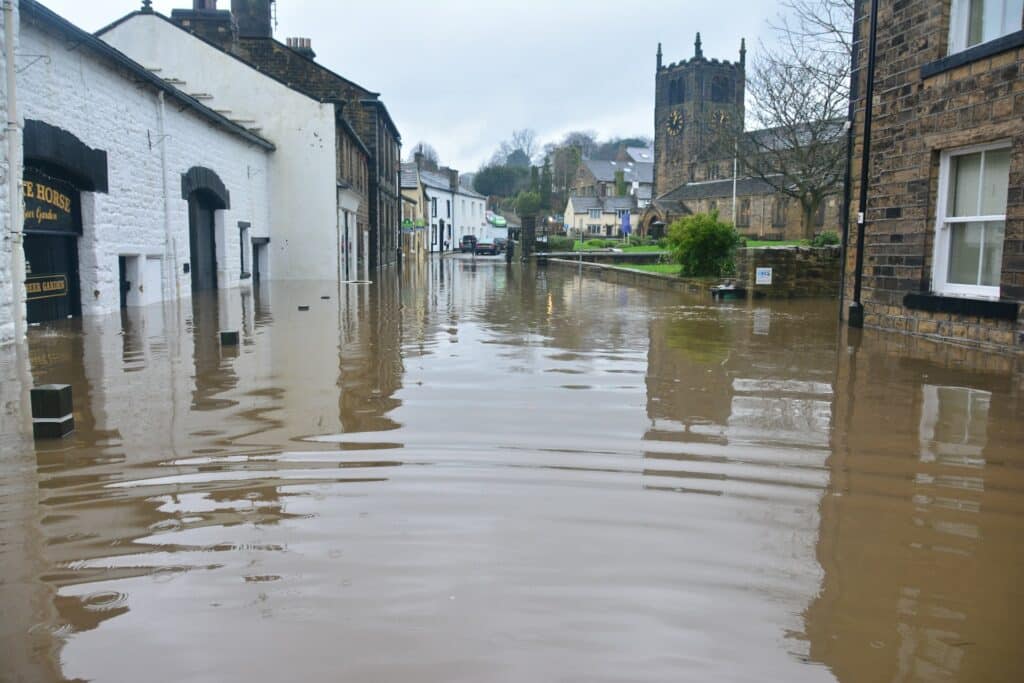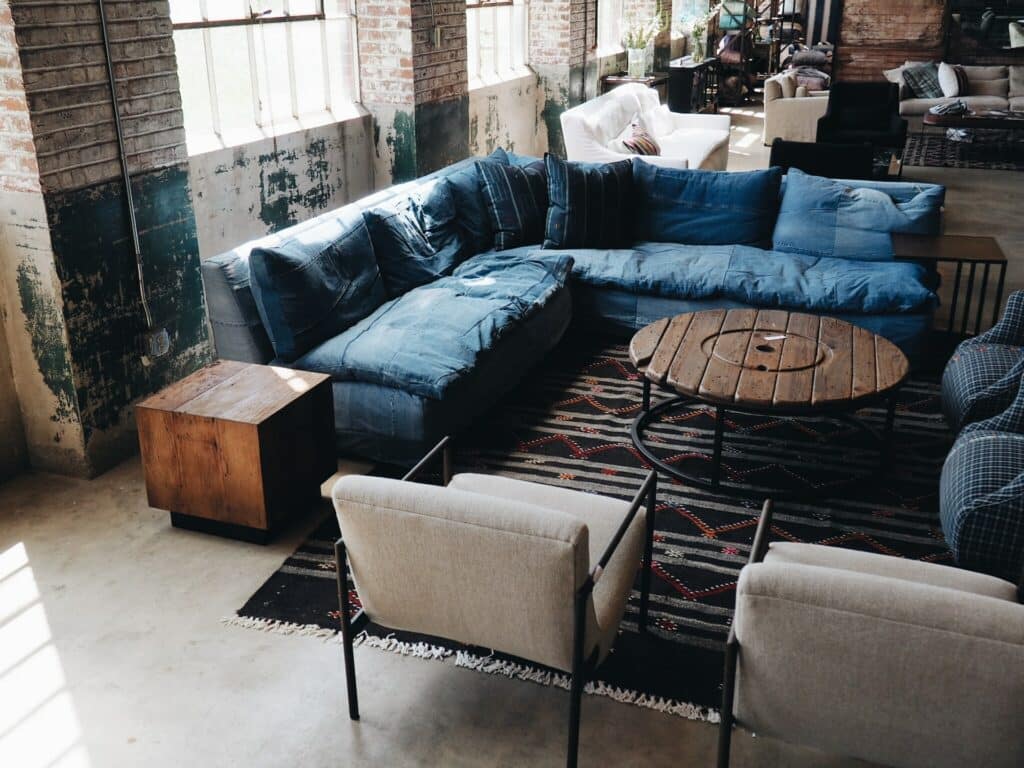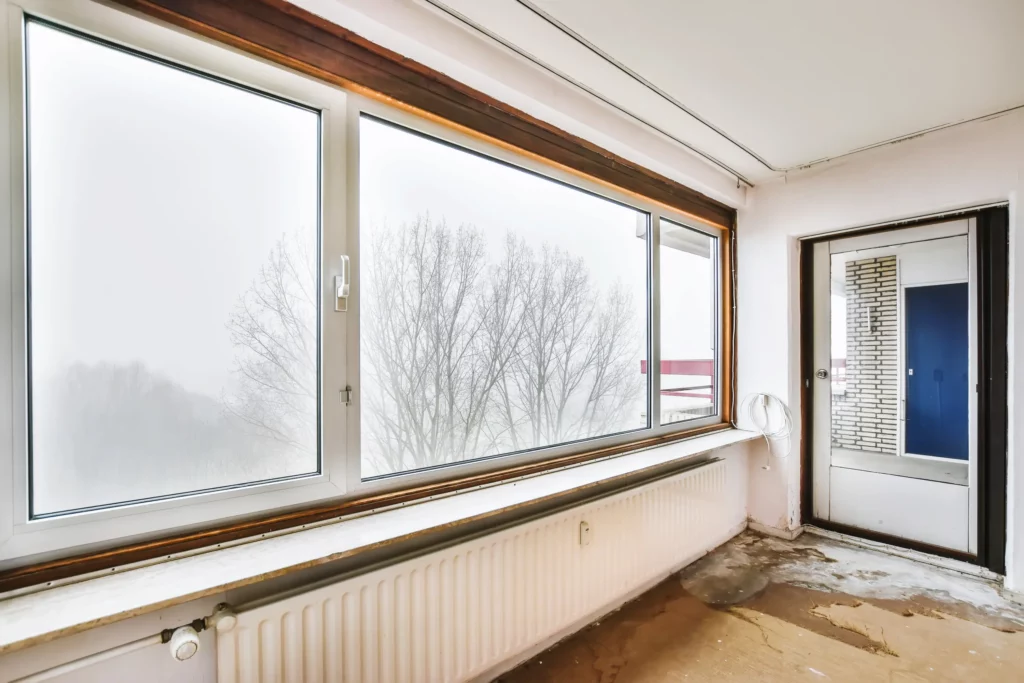
The threat posed by mold in buildings cannot be ignored, as it brings about significant health risks for occupants. This article explores the health hazards associated with mold and provides practical advice for the prevention and management of this omnipresent issue.
Health Risks
Mold releases spores into the air, which can lead to various health problems when inhaled. Common symptoms of mold exposure include allergies, respiratory issues, irritations of the eyes, nose, and throat, as well as headaches and fatigue. In more severe cases, prolonged exposure can result in respiratory infections, severe allergic reactions, and serious health problems, especially in individuals with weakened immune systems.
Mold Prevention
Combatting mold begins with rigorous moisture management within buildings. Maintaining an adequate humidity level through the use of dehumidifiers and proper ventilation is crucial. Repairing water leaks, correctly insulating porous surfaces, avoiding condensation buildup, and closely monitoring high-risk areas such as bathrooms, kitchens, and basements are crucial preventive measures.
Mold Management
Upon discovering mold in a home or building, swift and effective management is necessary. This involves carefully identifying the source of moisture, safely removing existing mold, and improving conditions to prevent recurrence. In some cases, professional intervention may be required to assess the extent of the problem, conduct precise tests, and implement appropriate corrective measures.
Education for Protection
Preserving health becomes a priority in the fight against mold. It is imperative to educate occupants about potential risks, promote preventive habits, and encourage constant vigilance against humidity. By actively involving residents, property owners, and building managers in this prevention process, a culture of respiratory health can be established, contributing to the creation of safer indoor environments.
The Importance of Continuous Vigilance
Mold prevention extends beyond isolated actions. Establishing a culture of continuous vigilance within communities and homes is essential. Occupants should be aware of the importance of promptly reporting any signs of excessive humidity or mold. Local educational programs can play a crucial role by providing information on early detection, potential risks, and best practices for maintaining healthy indoor environments.
Towards Environmentally Intelligent Buildings
In addition to technical solutions, an ecological approach to construction and building management can help prevent mold. Integrating sustainable and ecological materials into construction can reduce moisture-related risks. Modern materials, such as breathable insulation, promote natural moisture regulation, creating healthier and more sustainable indoor environments.
The Role of Health and Construction Professionals
Health professionals play a crucial role in raising awareness of health risks associated with mold. Public health campaigns, conducted in collaboration with construction experts, can inform the public about dangers, early warning signs, and necessary actions. Doctors, nurses, and public health professionals can play an essential role in identifying mold-related illnesses and providing appropriate medical advice.
What to Do If You Encounter Mold Issues?
Discovering mold inside your home can be concerning, but immediate actions can mitigate health risks. If you observe visible signs of mold or experience associated symptoms, it is essential to assess the situation. Start by consulting knowledgeable professionals, such as microbiologists, mycologists, or air quality specialists. Protect your family by installing air purifiers if necessary and sealing affected areas to limit spread. In case of significant contamination, follow the recommended protocols by air quality experts to address the situation. After decontamination work, conduct control analyses to ensure the effectiveness of measures taken. If in doubt, do not hesitate to seek the assistance of qualified professionals to ensure a healthy indoor environment.
In conclusion, the fight against mold requires a holistic approach. By integrating innovative technologies, continuous vigilance, sustainable construction practices, and the expertise of health professionals, we can create environmentally intelligent and mold-resistant buildings. Achieving this goal will contribute not only to the individual health of occupants but also to the creation of sustainable and enlightened communities. Prevention remains the key to ensuring healthy and safe indoor environments. With these joint efforts, we aspire to a future where mold is no longer a threat to health within our homes.







About The Author: Web
More posts by web